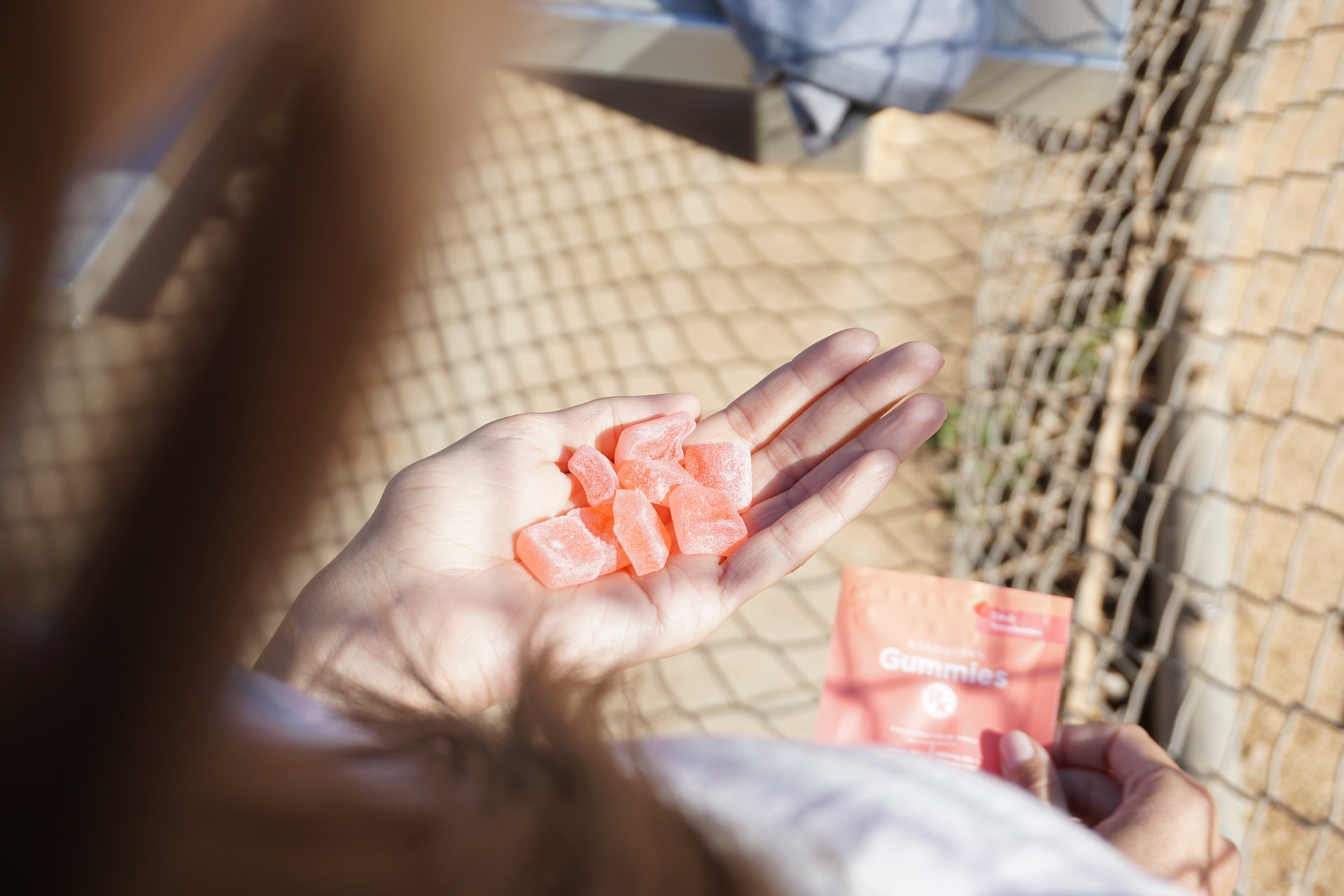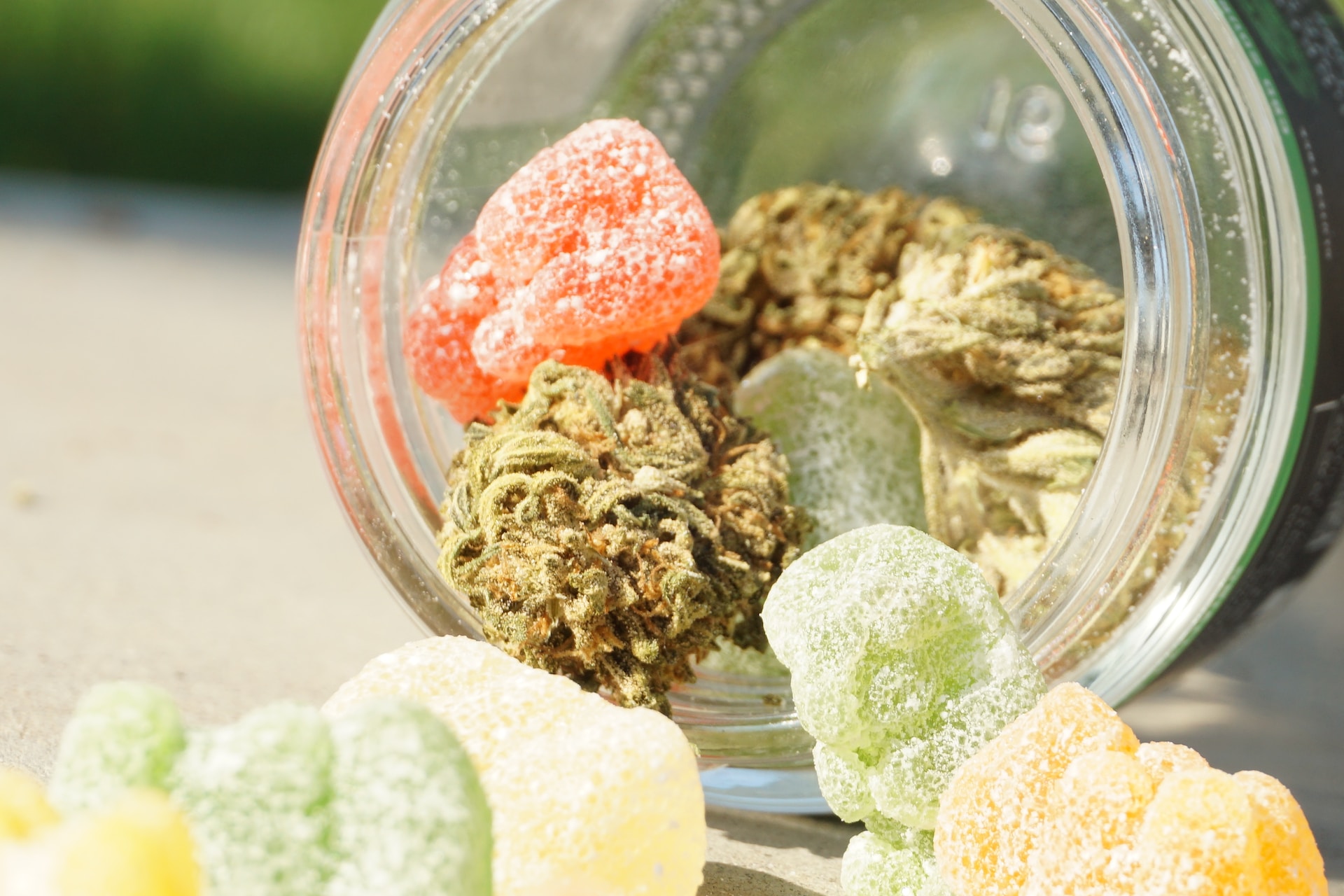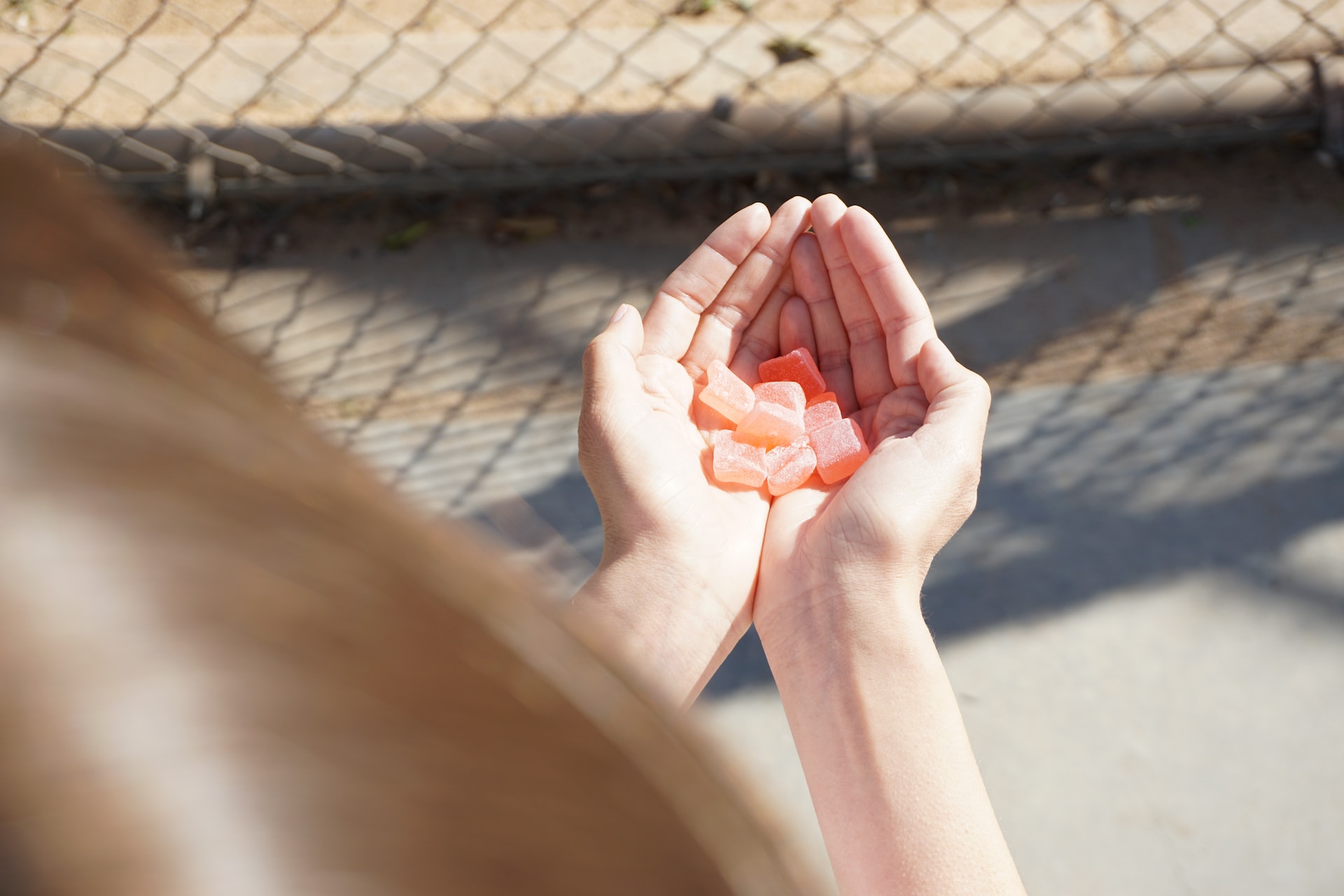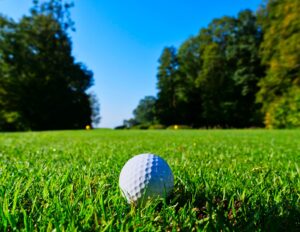
Edibles are a frequent name for cannabis-based cuisine. However, nowadays it’s simple to buy THC and CBD edibles ready-made online or from head shops in a variety of forms, including lollipops, gummies, brownies, chocolates, oils, and butters. Historically, edible enthusiasts would have to experiment with whipping up party snacks at home.
The cannabinoids CBD and THC are the cannabis plant’s two most notable active compounds. Edibles may include one or both of these components, depending on the legal framework of the nation in which you reside. Except for medicinal cannabis, which needs a prescription that doctors are still hesitant to prescribe, THC remains illegal in the UK although CBD is.
Dr. Luke McCabe, a chiropractor, and Dr. Sarah Brewer, medical director at Healthspan, provide information on dosage, duration, and adverse effects as well as how long edibles take to start working.
The distinction between edibles with CBD and THC
THC (tetrahydrocannabinol) and CBD (cannabidiol) interact with the endocannabinoid system of your body and have many of the same health advantages. They have distinctly dissimilar mental impacts, though. THC results in the euphoria known as “getting high,” whereas CBD does not.
The main distinction between THC and CBD is that CBD doesn’t provide a high.
According to Dr. McCabe, the main distinction between THC delta 8 gummies and CBD is that CBD does not provide a high. “Paranoia or a psychotic effect that can accompany THC is one of the biggest side effects or drawbacks for most people.” Without becoming high, [CBD] enables the user to experience the potent advantages that both can provide.
In the UK, CBD edibles are popular, and since November 2018, it is permitted to prescribe THC-based products for medical purposes. Intriguingly, a US poll by RAND Corporation found that medicinal marijuana consumers are more likely than recreational marijuana users to ingest edibles.
 How soon do edibles start working?
How soon do edibles start working?
THC and CBD edibles often take between 30 and 60 minutes to start working. However, this duration may change based on a number of variables, including:
The kind of food you’re eating
Lozenges, drops, and other sublingual medicines dissolve in your mouth, allowing the active components to enter your circulation quickly. Chewable foods, such as brownies and gummies, break down in your digestive tract, and your liver metabolizes the active substances. This means that it takes between 30 to 90 minutes after ingesting a dose for effects to become apparent, according to Dr. Brewer.
Cannabinoids’ kind and concentration
You may probably experience the effects more quickly if the dose is more strong. However, since CBD products don’t produce a “high,” it could be more difficult to tell whether they’ve started working. According to Dr. Brewer, the effects of CBD peak two to three hours after ingestion and last for three to five hours, or even up to 12 hours, depending on the amount. The effects will persist longer if the initial dose is larger.
Your personal habits
Both CBD and THC are fat-soluble, regardless of whether you are currently taking any medications, for example, or what you last ate. If you take CBD in the form of drops or capsules, Dr. Brewer advises pairing it with a high-fat meal to increase absorption by up to five times. This is because CBD dissolves in fat rather than water.
physical characteristics
Additionally, your height and weight affect how well you absorb edibles. According to Dr. Brewer, individual variances in how we metabolize and react to CBD are caused by our DNA. Because CBD is fat-soluble and will enter fat storage, “people with greater weight may need higher doses to achieve an equilibrium throughout the body.”
How long are edibles good for?
The average duration of an edible varies between six and eight hours, depending on the cannabinoid concentration, potency, and type of the edible (chewable edibles typically last longer than sublingual edibles), as well as personal factors like metabolism, recent meals, and tolerance levels. In general, the effects of THC and CBD edibles should peak three hours after consumption.
Edibles typically last 6 to 8 hours, though this varies by type, concentration, and intensity.
The all-too-familiar cliche of not feeling any effects, consuming more candies, and unintentionally overdosing occurs frequently with THC-based edibles because of this latency. Although THC overdoses have never resulted in death, it is possible to have a negative reaction and have negative side effects such as extreme confusion, anxiety, paranoia, hallucinations, and vomiting. Because of this, you should always give yourself at least 24 hours between doses.
guidance on dose for edibles
The majority of commercially available edible products list the amount of CBD (or THC) in each serving, but you should always read the label before using. The serving size may relate to the full product for some items, but simply to a portion for others. Start with a low dose and gradually increase it, keeping in mind that non-prescription edibles’ labels may include erroneous information.
In choosing dosage, you must also take the distribution mechanism into consideration. Dr. Brewer claims that when you consume chewable CBD edibles, “only 13% to 19% of an ingested dose “survives” to reach the rest of your body,” meaning that you need to take a bigger dosage than when you hold CBD under your tongue and allow it to enter your bloodstream. She claims that when CBD is given sublingually, up to 35% of it can enter the bloodstream.
 In contrast, THC edibles have much stronger effects than marijuana smoking. According to a research conducted by the Colorado Department of Revenue, the effects of ingesting 1 mg of THC through edibles are equal to smoking 5.71 mg of THC. THC tolerance varies from person to person. Those who have no tolerance will likely have high psychoactive effects with a 5 mg dose, but those who routinely ingest THC will likely experience very mild effects.
In contrast, THC edibles have much stronger effects than marijuana smoking. According to a research conducted by the Colorado Department of Revenue, the effects of ingesting 1 mg of THC through edibles are equal to smoking 5.71 mg of THC. THC tolerance varies from person to person. Those who have no tolerance will likely have high psychoactive effects with a 5 mg dose, but those who routinely ingest THC will likely experience very mild effects.
• CBD snacks
5 milligrams (mg) per gummy is the typical amount in CBD gummies, which is an excellent place to start. When taking a dose of 5 mg or 10 mg of CBD, Dr. Brewer advises waiting an hour before taking another dose and holding it in your mouth to maximize absorption. The FSA advises against consuming more than 70 mg of CBD per day, typically divided into two doses.
• THC gummies
How about THC? According to Dr. McCabe, tolerance and prior use may play a role in this. Mild psychedelic effects begin at about 2-3 mg, causing emotions that have been compared to those of one or two alcoholic drinks. From 5 to 10 mg, a significantly more potent psychedelic impact can be noticed. Overdosing increases the risk of adverse side effects, such as dependency.
Side effects of edibles
The range of possible adverse effects according to the type of food. Edible CBD products rarely have negative side effects. Only mild concerns, such as dry mouth when administered as an oral spray or drops (11.1%), euphoria (6.4%), hunger (6.4%), red eyes (2.7%), and feeling drowsy (1.8%), were noted in an online poll of 2,409 participants, according to Dr. Brewer.
There is uncertainty regarding the quality of the CBD products used by survey participants, and some may have contained unlabeled amounts of THC or other substances that produced these effects. For instance, euphoria and hunger are more frequently linked to THC than to CBD, she adds. Despite this, no severe side effects were reported.
Always check for drug interactions if you have a medical condition or are taking any prescribed medications.
According to Dr. McCabe, high quantities of THC can cause serious side effects such as paranoia, nausea, hallucinations, panic attacks, reduced mobility, poor sports performance, slow muscle growth, and a harmful impact on hormones. It’s interesting that combining CBD and THC can lessen some of the high effects.
It’s important to remember that edibles can interact with alcohol and some drugs, such blood thinners. Always check with a doctor or pharmacist about drug interactions if you have a medical condition or are taking any prescribed medications.
benefits of food
Due to the advantages of using edibles rather than smoking marijuana, people who use medicinal cannabis frequently choose this approach. These advantages include:
Lung-safe
Similar to cigarette smoke, marijuana smoke is similarly harmful and irritates the throat and lungs. Regular marijuana use has been linked to breathing problems such chronic bronchitis. This risk does not apply to edibles.
Long-lasting
For those who seek long-lasting symptom relief without having to take doses repeatedly throughout the day, edibles are the best option because their effects can be felt for a longer period of time than those of smoking or vaping marijuana.
Convenient
Edibles are simple to consume. You don’t need to go outside to test them, and you don’t need any equipment like grinders or rolling papers.
Inconspicuous
The smell of marijuana smoking is distinctive and strong. Consuming edibles is more covert, which may be advantageous for those who desire to consume invisibly.






